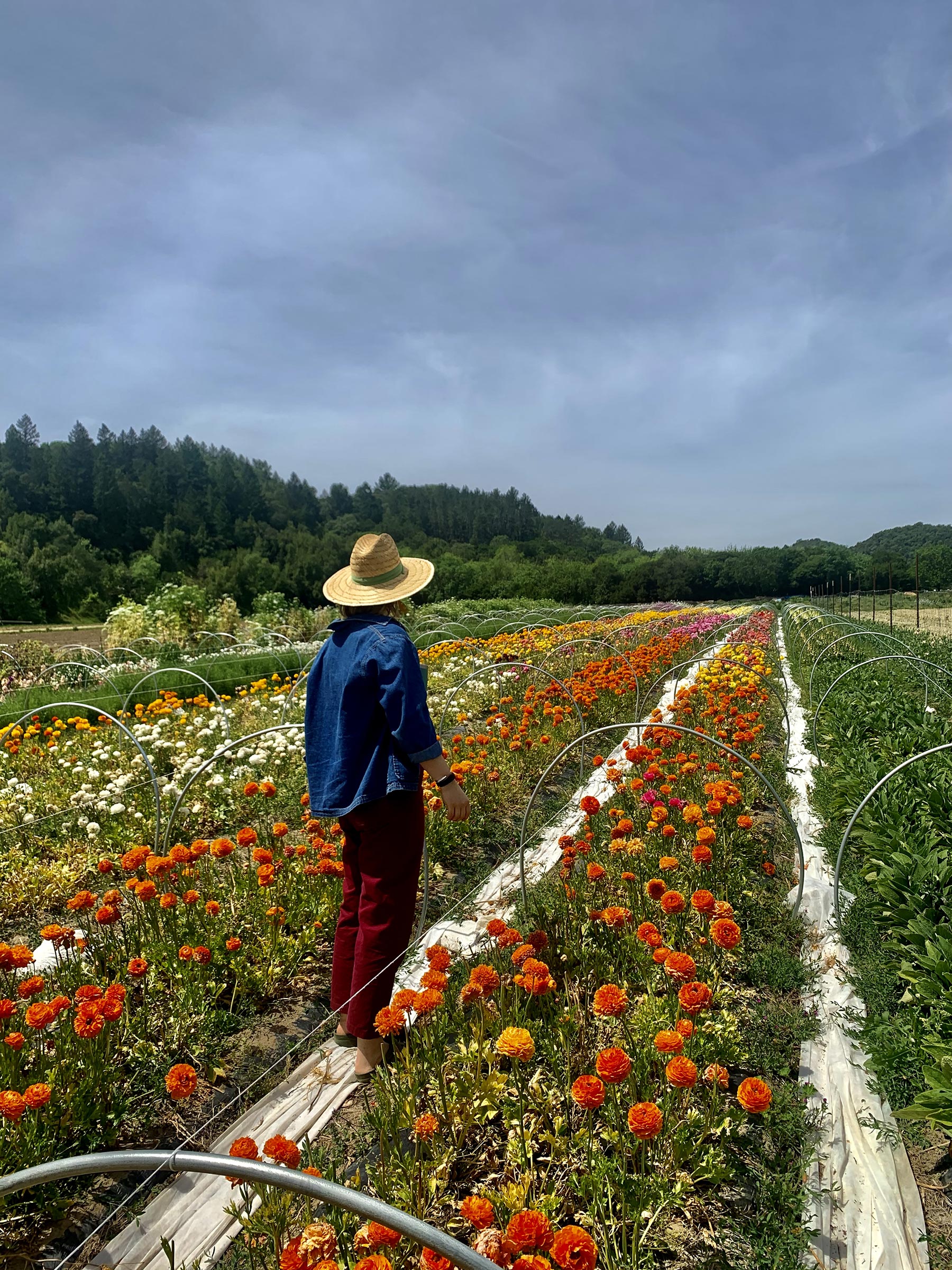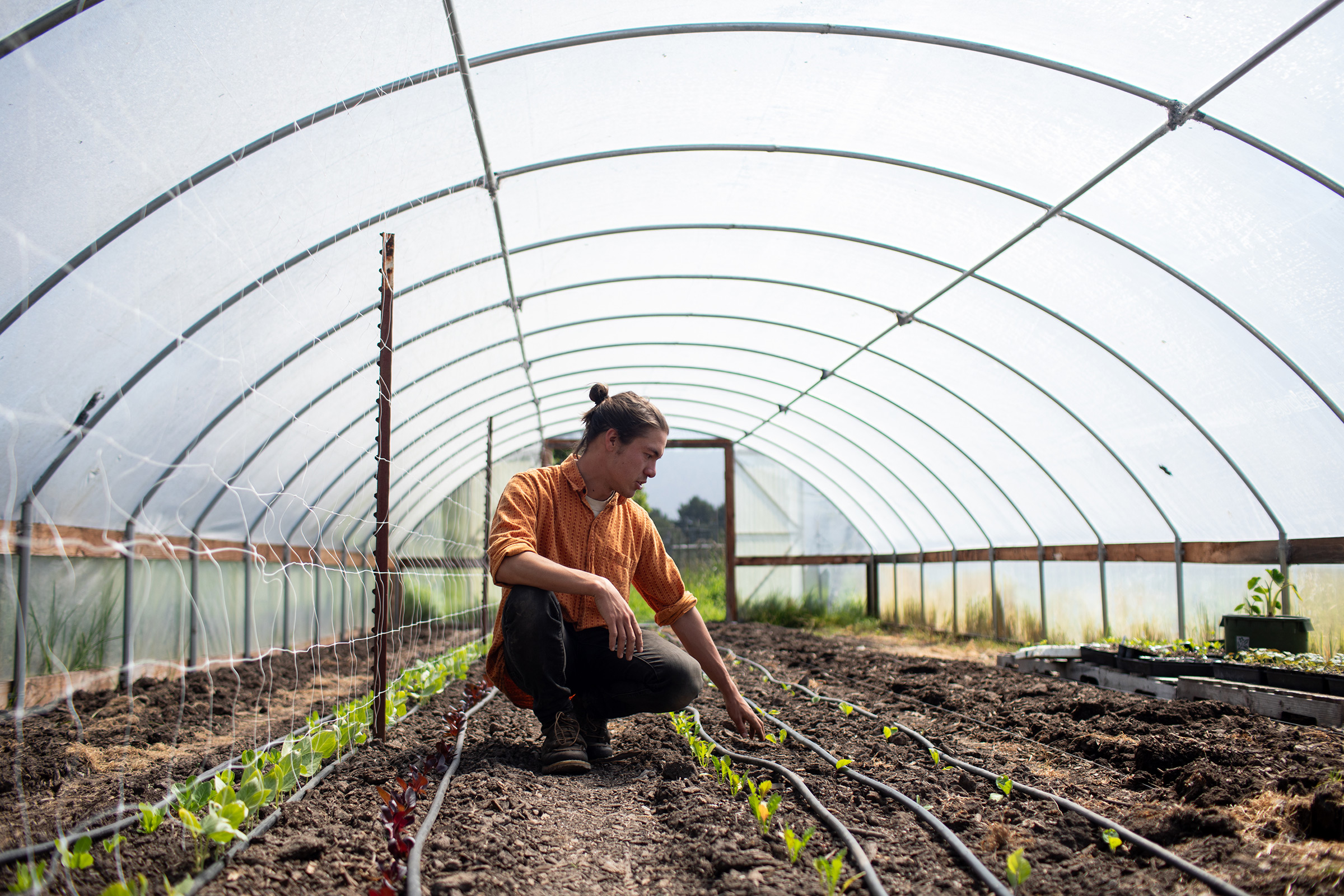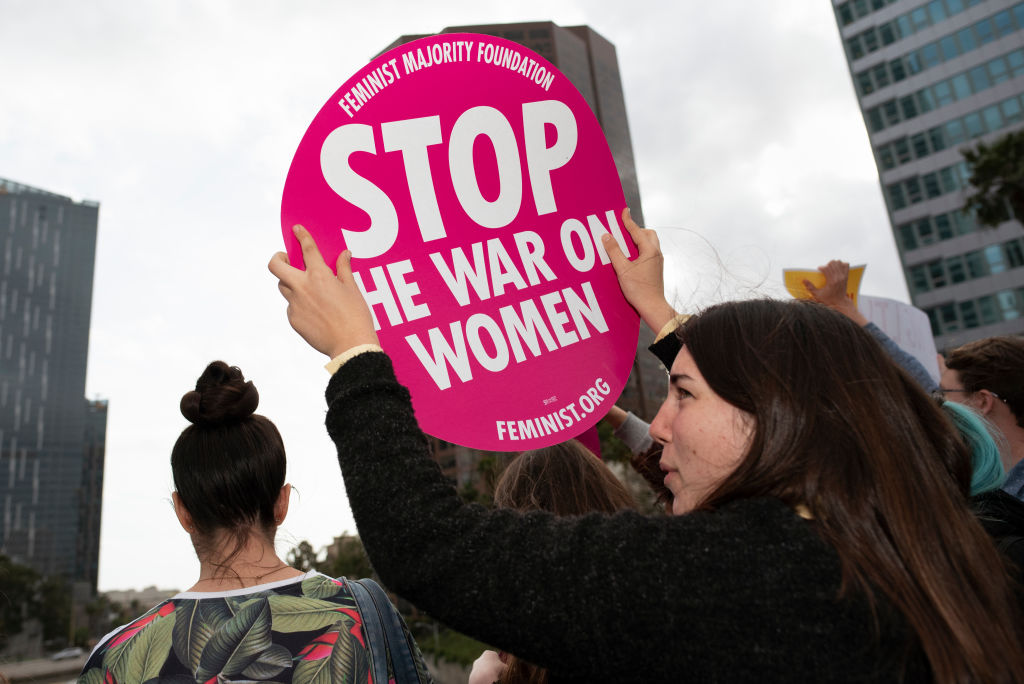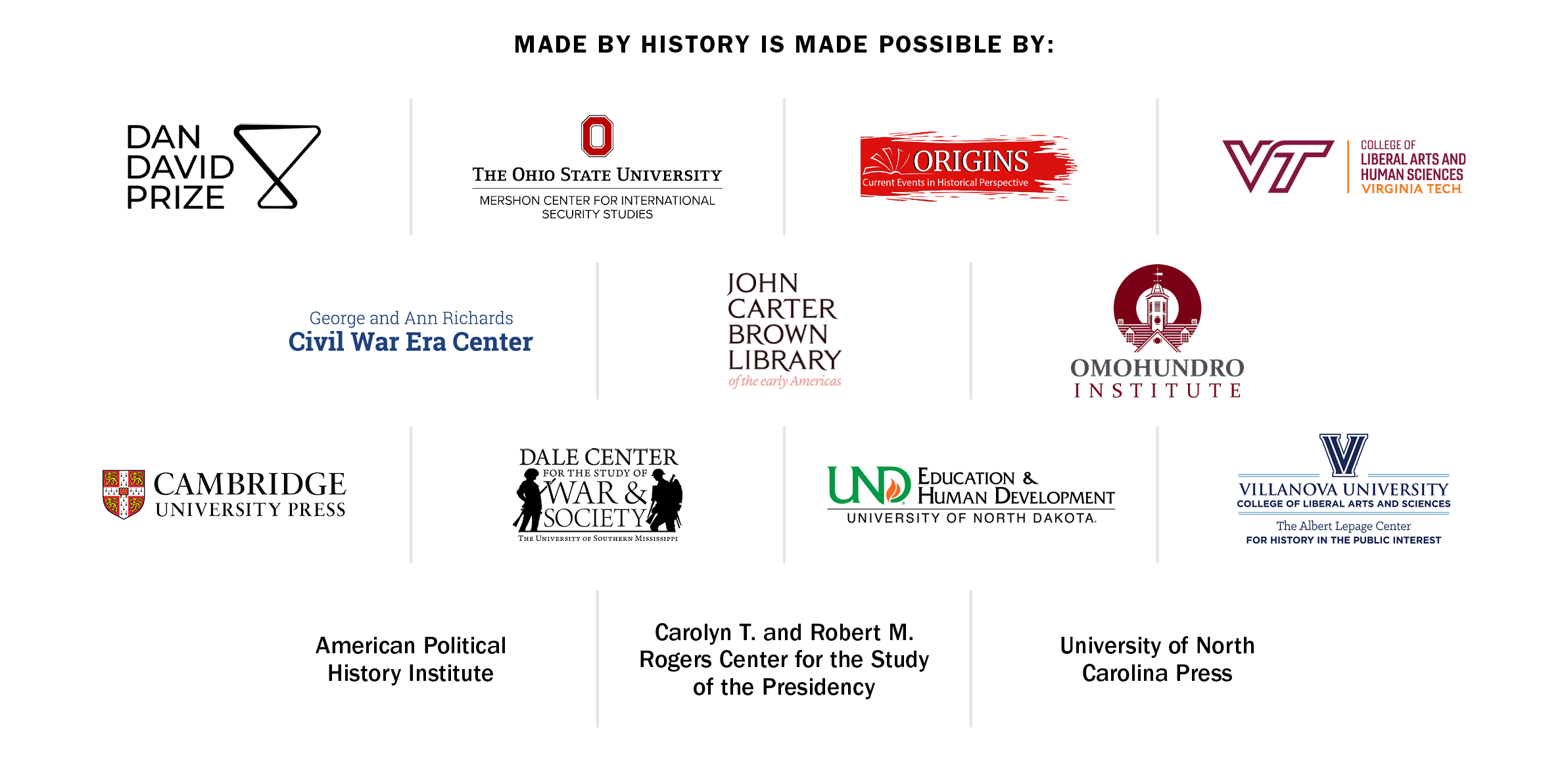
A Taylor Swift song is nothing without its bridge. The star’s strongest skills as a storyteller and lyricist are on full display in that critical moment, which marks a noticeable shift in the song, whether it’s in the narrative, tone, tempo, or a combination of the three. And for Swift, the bridge is often what elevates a good song to a truly great one. Over the course of her career, she’s introduced songs with bridges that run the emotional spectrum—some are meant to be screamed at the top of your lungs, while others can be quietly sung through tears.
[time-brightcove not-tgx=”true”]With over 240 songs across 10 original studio and 4 re-recorded albums, Swift has a bridge for just about every type of emotional catharsis. We decided to go through her discography to decide on the very best. To determine what makes for a bridge of superior caliber, we each compiled our own individual rankings, taking into account how the bridge fits in with each song, and then we added up those results.
25. “Love Story”
“Love Story,” the lead single off 2008’s Fearless, put Swift in the mainstream. It shot to the top of different Billboard charts and solidified her status as a crossover artist. In the song, Swift invokes Romeo and Juliet to tell the story of a seemingly doomed young couple with the bridge bringing down the tempo to signify her growing apprehension—that is, until Romeo gets down on one knee and the fairytale ends happily.—Moises Mendez II
Best line: “My faith in you was fading, when I met you on the outskirts of town”
24. “right where you left me”
The “evermore” bonus track feels more like a Gothic short story than a song. It tells the story of a woman frozen in time, haunting the restaurant where she had her heart broken. In the bridge, Swift shares what the rumor mill is saying about the “woman who lives in delusion” before changing the pronouns to reveal she’s talking about herself. “Time went on for everybody else, she won’t know it,” she sings, perfectly encapsulating the shame that comes from living in the past while everyone around you moves on.—Samantha Cooney
Best line: “She’s still 23 inside her fantasy, how it was supposed to be”
23. “Mr. Perfectly Fine”
Every major pop star needs a f-ck you anthem dedicated to someone who has done them wrong. When “Mr. Perfectly Fine,” rumored to be about Joe Jonas, reaches the bridge, it sounds like Swift is kicking a door open to a new phase of her life without her Perfectly Fine man.—MM
Best line: “Now I’m Miss Gonna Be Alright Someday, and someday, maybe you’ll miss me, but by then, you’ll be Mr. Too Late”
22. “Back to December”
Closing a chapter with someone you care about deeply is one of the most heartbreaking things anyone can go through, and Swift expertly details that pain in “Back to December,” singing, “It turns out freedom ain’t nothing but missin’ you, wishin’ I’d realized what I had when you were mine”—some of the most tragic lyrics in her entire discography. The bridge only twists the knife even deeper as she sings about how she’d do everything differently if she were given a second chance.—MM
Best line: I’d go back in time and change it, but I can’t. So, if the chain is on your door, I understand”
21. “You’re On Your Own, Kid”
Though this Midnights track is carried by a fast and light beat, the heart of the song, about yearning for and experiencing fame, is quite devastating. The price of celebrity is summed up in the haunting lines of its bridge: “The jokes weren’t funny, I took the money. My friends from home don’t know what to say.”—Annabel Gutterman
Best line: “So make the friendship bracelets, take the moment and taste it. You’ve got no reason to be afraid”
20. “Would’ve, Could’ve, Should’ve”
Even though it was a bonus track, “Would’ve, Could’ve, Should’ve” quickly became a standout (if not the best song) of Midnights. Feverish and wild, the song unravels like a thunderstorm, as Swift wades through a toxic relationship over pulsing drums and haunting synths. In the eye of the storm is the bridge—a pleading call to a higher power for rest, followed by an earth-shattering line that further cements Swift’s lyrical genius: “I regret you all the time.”—Rachel Sonis
Best line: “I regret you all the time”
19. “betty”
At the center of the Betty/James/Inez teenage love triangle drawn out in the folklore standout “betty” is the question: “What if?” What if James wasn’t such a boy about things? What if he told Betty how he really felt? What if Inez never spread those “rumors” about James cheating with her on Betty? But in the bridge, where Swift often makes her biggest revelations, the “what if’s” give way to the truth about James’ restless summer spent with Inez, when he was really thinking about Betty. A moment of unbearable release—and of stinging regret.—RS
Best line: “I dreamt of you all summer long”
18. “Enchanted”
This Speak Now song had a resurgence on TikTok last year, with the bridge appearing everywhere, bringing everyone back to 2010. In the bridge, Swift blissfully blends the confidence in her feelings of falling for someone with the insecurity of not knowing if that person is in love with someone else. She perfectly describes meeting someone for the first time and instantly feeling enchanted. That someone is said to be Adam Young, the frontman of Owl City. Swift said an interview around the time the album came out that she wrote the song about a guy she was emailing and when they met, he mentioned being “wonderstruck,” which she incorporated into the tune. In a 2011 interview with Us Weekly, Young said the song is about him and responded to it with a song of his own.—MM
Best line: “Please, don’t be in love with someone else. Please, don’t have somebody waiting on you”
17. “Out of the Woods”
1989—Swift’s first full-on foray into pop music—is surprisingly sparse when it comes to soul-bearing bridges. (Case in point: “Style,” my all-time favorite Swift song, has a lyrically thin bridge). The one exception is “Out of the Woods,” with a bridge that serves as the song’s emotional and musical highpoint. Swift’s voice explodes as she describes a crash, and a snowmobile accident serves as a metaphor for the breakdown of a relationship. Despite the chaos and comedowns (“Remember when you said you couldn’t take the heat?”), the bridge ends with the hope that the relationship can make it, even if only for another day (“When the sun came up, you were looking at me.”)—SC
Best line: “Remember when you hit the brakes too soon? Twenty stitches in a hospital room”
16. “Treacherous”
This song from Red starts off soft and slow with lyrics that point to how easy it is to be consumed by the promise of love, even if that love is risky. The plucky chorus gives way to a powerful bridge that is most definitely meant to be screamed: “Two headlights shine through the sleepless night. And I will get you, get you alone.”—AG
Best line: “That nothing safe is worth the drive”
15. “You’re Losing Me”
“You’re Losing Me” was released as a vault song off Midnights just a month after it was reported Swift and her longtime boyfriend had split. While the bulk of the song is underwhelming, the bridge ranks among her best-ever, with some of her most emotionally raw songwriting. The lyrics balance righteous anger about not being given attention by a partner (“I’m the best thing at this party”) with anxious resignation about why it ended. It all builds up to the barnburner of a lyric: “And I wouldn’t marry me either.”—SC
Best line: “And I wouldn’t marry me either. A pathological people pleaser. Who only wanted you to see her”
14. “Dress”
“Dress” is Swift’s most outwardly sexy song: the chorus is anchored around the line, “Only bought this dress so you could take it off.” But the bridge reveals the bluff: this is really a song about revealing the worst parts of yourself to someone and still having them want you. It’s all incredibly romantic and intimate.—SC
Best line: “Even in my worst lies you saw the truth in me”
13. “Long Live”
Originally written as a love letter to Swift’s band and fans, the lyrics in this Speak Now song remind us all that there is so much beauty in living in the present, and even more beauty in being able to look back and remember how that present felt. Though much of “Long Live” is a celebration of memories, the bridge coalesces into a striking direct plea from Swift to protect and honor how the past interacts with the future.—AG
Best line: “If you have children someday, when they point to the pictures, please, tell ‘em my name”
12. “champagne problems”
Swift tells the audience at the Eras Tour that she wrote one particular song during the pandemic with the hopes she’d one day hear fans scream its bridge in a stadium. That song is called “champagne problems”—and boy did I have fun screaming “what a shame she’s f-cked in the head” in Philadelphia last May. The song is a soft piano ballad about turning down a marriage proposal, and the bridge swells with scenes of devastation. The bridge’s bittersweet end promises the heartbroken ex will “find the real thing instead.” It’s a cathartic moment in the song—and at the show.—SC
Best line: “She would’ve made such a lovely bride. What a shame she’s fucked in the head, they said”
11. “You Belong With Me”
“You Belong With Me” is the quintessential country-pop song of 2009. It’s the type of song that gets you out of your seat. It begs to be scream-sung at the top of your lungs with your best friends by your side, especially the bridge, which captures the yearning of wanting your crush to see that you’re perfect for him.—MM
Best line: “I know your favorite songs, and you tell me ’bout your dreams. Think I know where you belong, think I know it’s with me”
10. “Death By A Thousand Cuts”
A Taylor Swift bridge ranking would not be complete without one that kind of feels like a rant—and “Death By a Thousand Cuts” is it. A song about an agonizing death of a relationship, what’s most interesting about this bridge is that it’s a stream of consciousness, with every line as cutting as the next, as Swift’s staccato delivery accentuates every dig. While her lover might’ve fired the first shot, Swift is here to deliver the final blow.—RS
Best Line: “Paper cut stings from our paper thin plans”
9. “illicit affairs”
Most of this folklore song is a slow and often unsettling dissection of the true cost of infidelity. But Swift’s crooning turns much louder as she cries out in the bridge how, exactly, this relationship has broken her apart (she literally references needing to scream). It’s these lyrics that really crystallize how confusing it is to love a person who never really belonged to you.—AG
Best line: “You showed me colors you know I can’t see with anyone else”
8. “Fifteen”
When Swift set to write the devastatingly vulnerable ballad “Fifteen,” she started with the bridge. “I started everything with the line ‘Abigail gave everything she had to a boy who changed his mind’ and wrote everything else from that point, almost backwards,” Swift said of the song in her track-by-track explanation of the album on Big Machine Records’ website. That line makes not only the bridge, but the entire song—honest and searing, yet overflowing with sisterly love and empathy for her childhood best friend Abigail Anderson, as she goes through a brutal breakup.—RS
Best Line: “Abigail gave everything she had to a boy who changed his mind. And we both cried”
7. “the last great american dynasty“
Of all the “mad” characters that exist in the folklore universe, Swift’s sharp retelling of American heiress and socialite Rebekah Harkness’ story and her notorious parties at the “Holiday House” mansion in Rhode Island takes the cake. Steeped in fascinating tidbits about her life, Swift recounts how Harkness, who inherited the riches from her oil tycoon husband’s untimely death and even became the richest woman in America at one point, was considered an outcast and a madwoman for her unconventional choices and lavish lifestyle. Swift, of course, is not-so-subtly making connections to her own life here—and really lays it bare in the bridge: Swift bought Holiday House (now called “High Watch”) in 2013, a place where many of her own dalliances have resulted in serious drama, too. A kiss-off to the haters, Swift is the new madwoman in town, and she doesn’t really care what anyone thinks. Rebekah would, no doubt, be proud.—RS
Best line: “Free of women with madness, their men in bad habits. And then it was bought by me”
6. “Last Kiss”
Talk about emotional catharsis! This Speak Now song describes a terrible, consuming breakup, and what it feels like to obsess over the final moments of a relationship. The steady beat swells up at the bridge and suddenly the full intensity of the track emerges as Swift’s voice explodes. The desperation and yearning is palpable—and so is the belief that one day those memories won’t feel so crushing.—AG
Best line: “So I’ll watch your life in pictures like I used to watch you sleep. And I feel you forget me like I used to feel you breathe”
5. “Getaway Car”
There’s a reason the behind-the-scenes video of Swift and Jack Antonoff writing the “Getaway Car” bridge has become Swiftie lore. It’s exhilarating to watch Swift and Antonoff compose a cinematic bridge with strong storytelling in real time. The song turns Swift into an outlaw running from the heart she broke. In the bridge, Swift takes some responsibility—but also tells her partner he shouldn’t be surprised she ditched him in a motel bar. Try not to have fun belting this (especially when Swift goes full Freewheelin’ Bob Dylan on “when I switch to the other si-i-i-i-ide).—SC
Best line: “It’s no surprise I turned you in. ‘Cause us traitors never win”
4. “Dear John”
The blueprint for Taylor Swift’s best bridge (more on that later) is all over this Speak Now song, one of Swift’s best breakup anthems, ever. As she unpacks a relationship with an older man (famously rumored to be John Mayer), Swift takes aim at how it feels to be taken advantage of by someone so manipulative and deceitful. In the bridge, Swift crucially reclaims the power she lost, directly calling out this toxic behavior, and rising above it. This is a moment of supreme clarity—impressive for anyone to capture so acutely, let alone from someone so young (Swift was just 21 when this album was released).—AG
Best line: “You are an expert at sorry and keeping lines blurry”
3. “august”
By the time “august” gets to the bridge, there’s an explosion of emotions. It’s the part of the song where, if you’re listening in the car, no matter who you’re with, you turn the volume up to scream, “Back when we were still changing for the better!” The song sounds like a balmy summer day, capturing exactly how it feels to fall in love with someone who makes you feel warm inside, but ends up breaking your heart by slipping away.—MM
Best line: “So much for summer love and saying us, ’cause you weren’t mine to lose”
2. “Cruel Summer”
Is there anything better than screaming the bridge “Cruel Summer” at the top of your lungs? Screaming the bridge while you have a new crush for the summer, maybe. “Cruel Summer” is definitely one of Swift’s sweatiest numbers—a song that is best played on a hot July day as the sun sets and the night has promise of meeting up with someone you’re “just texting,” but that no one knows about yet. The hushed secrets and that hurts-so-good feeling at the start of a relationship is what she’s getting at—that is, until she blurts out her biggest secret of all in the bridge: “I love you, ain’t that the worst thing you’ve ever heard?” Truly, the Queen of Catharsis.—RS
Best line: “I scream, ‘For whatever it’s worth, I love you, ain’t that the worst thing you’ve ever heard?’”
1. “All Too Well”
It should come as no surprise that Swift’s magnum opus contains her best bridge (and we’re not talking about the 10 minute version). All Too Well is not so much a breakup song as it is an in-depth postmortem on a past relationship. In cutting specificities, Swift holds to the light the seemingly small, everyday moments that come from sharing a life with someone else, revealing how much love can be derived there. While much of the song focuses on these little flashes of memory (the scarf, the twin sized-bed, the refrigerator light), the bridge takes stock of the damage that’s been inflicted in the aftermath. It’s her best bridge because it’s so vulnerable. Her rage and confusion are crystal clear as she questions how everything came crashing down.—AG
Best line: “And you call me up again, just to break me like a promise. So casually cruel in the name of being honest”
More From TIME
source https://time.com/6966929/taylor-swift-best-bridges/










